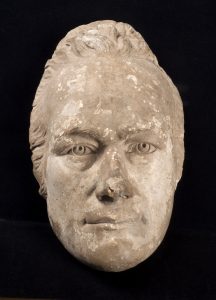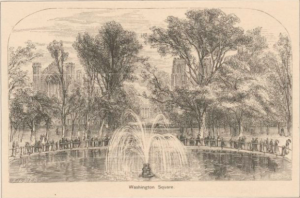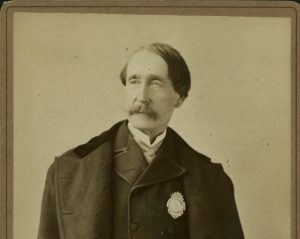The Epic Walking Tours Village Variety Walking Tour includes stops at the former Gilded Age homes of Edith Wharton and Cornelius and Eleanor Vanderbilt in Greenwich Village. Wharton’s most famous novel, The Age of Innocence, was published in 1921 by D. Appleton & Co. on 1 Bond St. in the Village. The exteriors of these buildings remain in their original condition today.
Greenwich Village and the surrounding neighborhoods are filled with Pulitzer-winning author Edith Wharton’s memories. She walked the cobblestone streets around Washington Square Park in 1882 (no, not in her slippers as critics suggest) and introduced readers to the lavish characters around her during New York City’s Gilded Age in the 1870s. Her novel, The Age of Innocence, provided future generations insight into a complex era that witnessed the rise of opulence and the struggles of the working class.
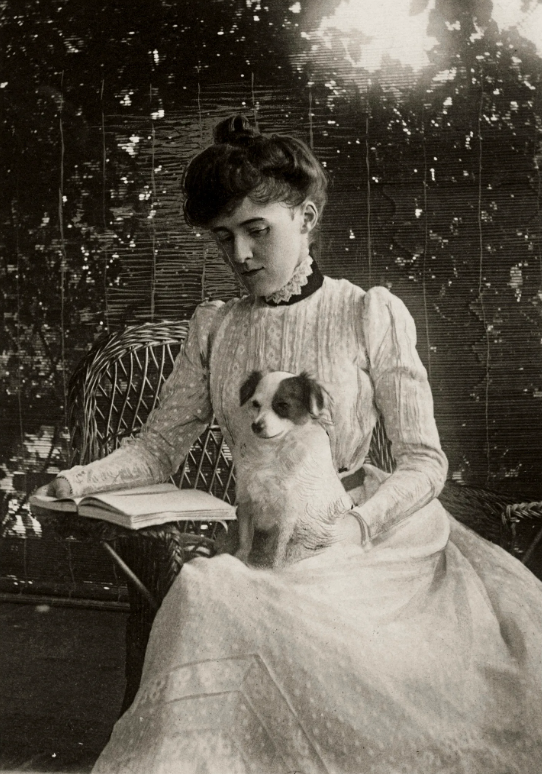
Born during the Civil War in 1862, Wharton grew up during the Gilded Age (1870-90s). The word “gilded” refers to a superficial layer of gold covering less valuable material. Mark Twain coined the term “the Gilded Age” to satirize the differences in how people lived during this era. Excessive wealth and architectural grandeur did not contrast well with the existence of widespread inequality and poverty. New York City reached a milestone of one million residents in 1872, most of whom struggled. The glamorous mansion parties and ostentatious displays of financial strength did not sit well with the working class and unemployed.

New York was a tale of two cities as the rich and poor arrived in the bustling metropolis. Immigrants settled into crowded tenement buildings on Manhattan’s Lower East Side. They typically worked physically taxing and unsafe jobs in factories for unlivable wages. At the same time, many of the richest people in the country built mansions up Fifth Avenue, many of whom lived on the inherited riches of their families who had made a fortune in the shipping, real estate, railroad, and banking industries.
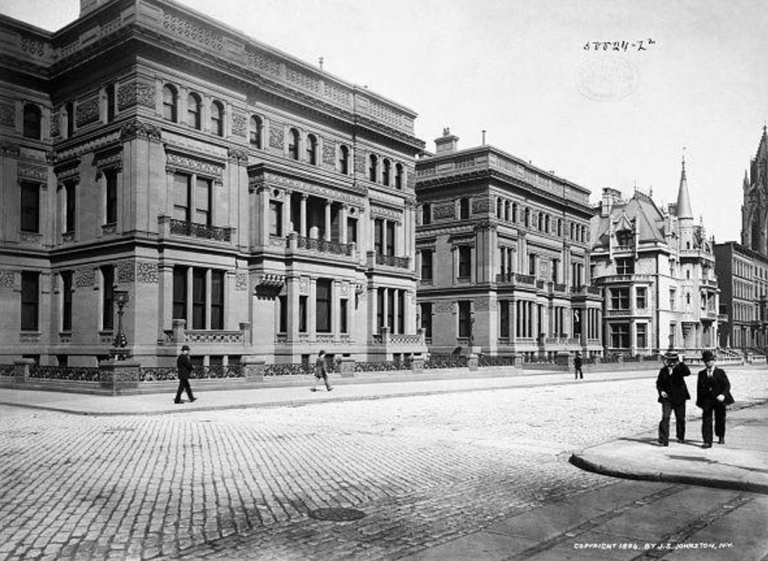
Muckraking journalist and photographer Jacob Riis drew attention to the disparities in his landmark book How the Other Half Lives. It documented the squalid conditions in which thousands of New Yorkers existed. While Wharton did not sacrifice a lifestyle filled with castles, jewelry, and trips abroad, she also wrote about the wealth gap.
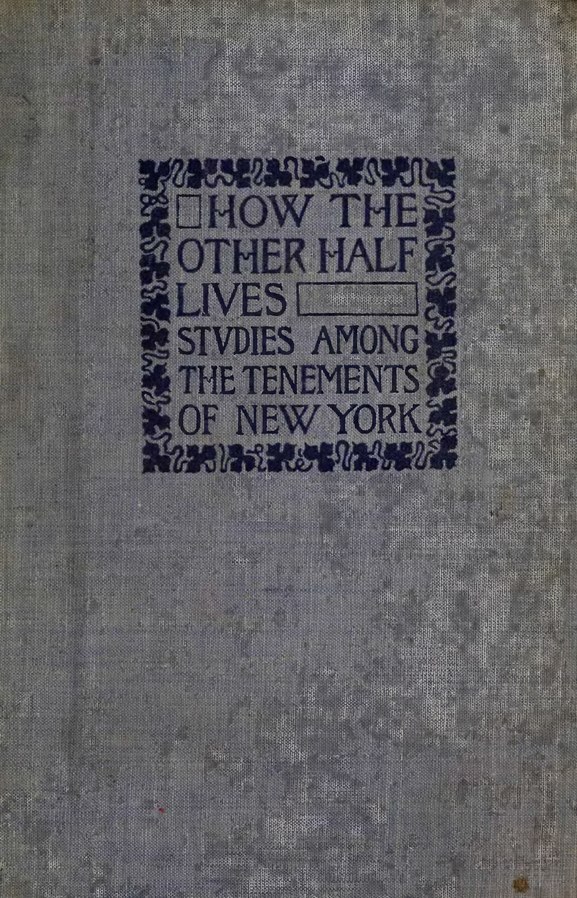
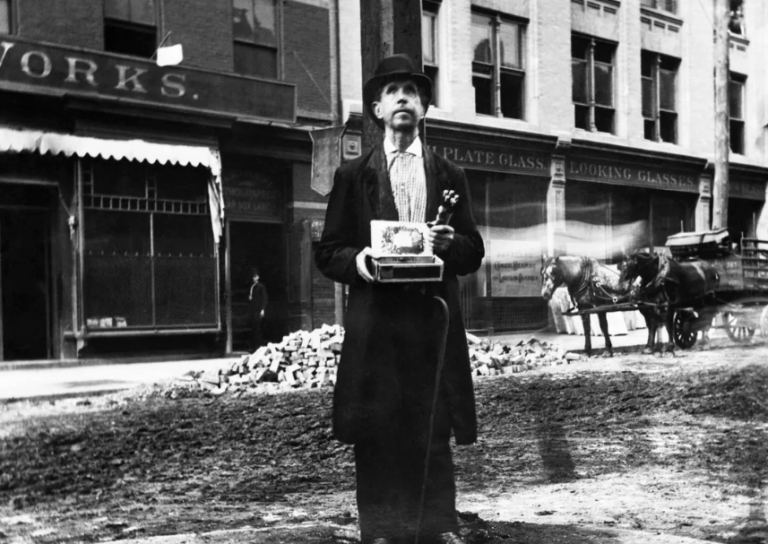
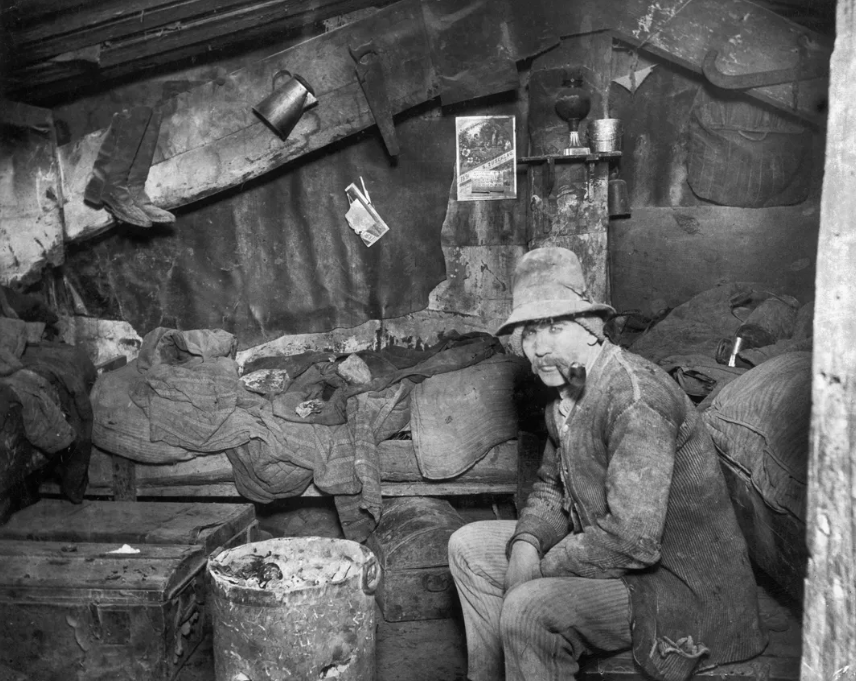
Wharton’s father, George Jones, belonged to the wealthy class. He inherited money from his family’s ownership of Chemical Bank of New York and made his fortune in New York real estate. “Keeping up with the Joneses” supposedly originates from people’s desire to keep up with her father’s luxurious lifestyle. While she may have sympathized with the less fortunate, Edith indulged in a privileged life.

Wharton, who referred to herself as “a self-made man,” began documenting experiences in her father’s world at age 10, immortalizing New York in a time capsule for future generations. She presented its splendor and contradictions. Surrounded by men in tailored suits and standing under crystal chandeliers during her most formidable years, she noted the customs, excess, hypocrisy, gossip, and suffocating expectations. While she also wrote about the contrast of struggling immigrants in later years, most of her actions did not match the sympathies of her pen. Ironically, Washington Square Park, located across the street from where she lived in 1882, would become the epicenter of marches for women’s suffrage, labor rights, and other causes of the era.

In The House of Mirth (1905), Wharton wrote about societal inequality. Protagonist Lily Bart lives in New York during the Gilded Age. In the story, the wealthy prance around the city, frolicking from one soirée to the next while engaging in extramarital affairs while the homeless starve and the poor toil in unsafe factories. The book also documents the challenges of being a woman during this era. Wharton suggests that love and death are the only safe places for a woman.
In The Book of the Homeless (1916), a collection of art, essays, poetry, and music, Wharton collaborated with her friend Theodore Roosevelt, who lived in nearby Gramercy Park, to raise money to support civilians displaced by World War I. Wharton asked friends, including Auguste Rodin, Claude Monet, and Igor Stravinsky, to write, paint, and compose for the book. Frustrated by the United States’ lack of involvement in the war, she opened a workroom for unemployed women, founded the American Hostels for Refugees in Paris, and the Children of Flanders Rescue Committee, which provided fleeing Belgians shelter, clothing, food, and jobs.

In The Age of Innocence (1921), Wharton tackled morality, an issue for which she expressed passion. During the Gilded Age, women were discouraged from pursuing anything other than a proper marriage. She broke through that glass ceiling by becoming one of America’s most respected writers. Writing 40 books in 40 years, she focused on her social circle’s interests: travel, interior design, gardens, and architecture. For her efforts, she became the first woman to win the Pulitzer Prize for fiction.
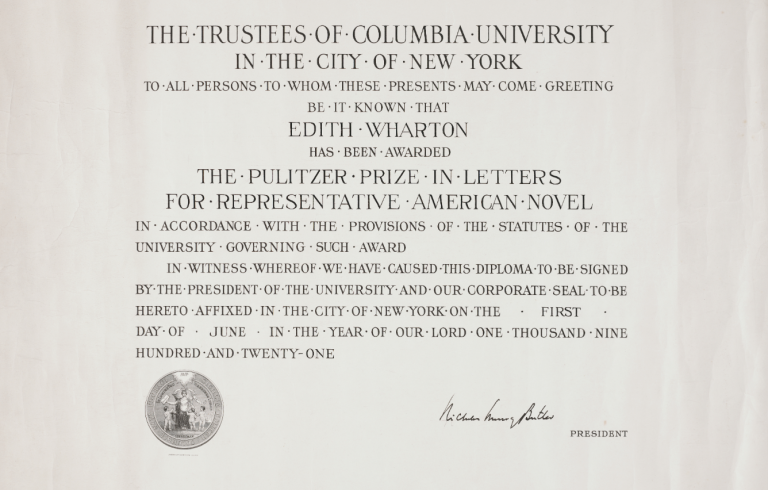
The Age of Innocence, which Martin Scorsese made into a film in 1993 starring Daniel Day-Lewis, Michelle Pfieffer, and Winona Ryder, won five Academy Awards. The novel begins in 1872, the same year the Jones family returned to New York from France to their house on 14 West 23rd St in Flatiron. Edith was only ten years old but had already written a 30,000-word novella when she lived here.
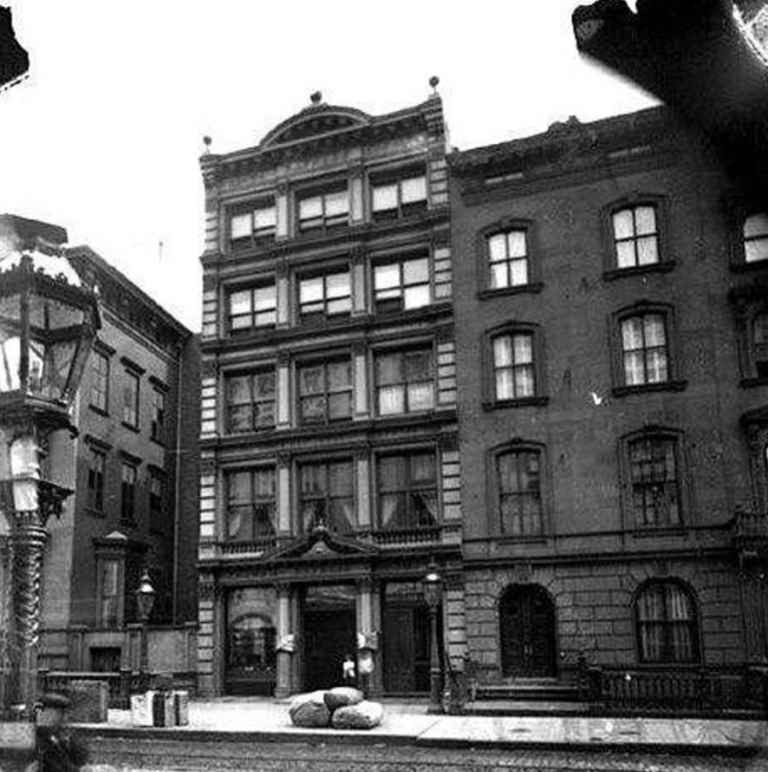
At this home, Wharton grew up surrounded by the rituals of the privileged, which she simultaneously enjoyed and excoriated. Her parents, the descendants of English and Dutch colonists, did not hide their banking, real estate, and shipbuilding fortune. While they did not have the wealth of other New York City residents like the Vanderbilts, Rockefellers, Carnegies, Morgans, and Astors, they lived in luxury. Obsessed with decoration, Wharton admired the opulent Fifth Avenue Hotel (the site currently houses Eataly) across the street from her home next to Madison Square Park. The Hotel served as a gathering place for the rich and famous.
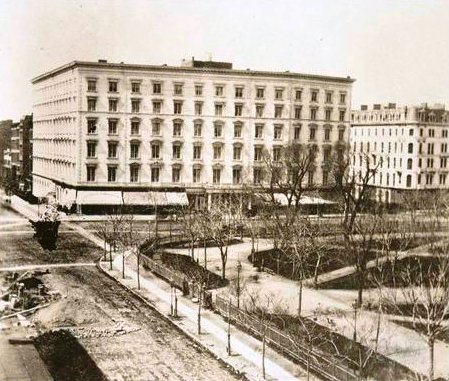
The site previously housed Madison Cottage, a stagecoach stop for passengers as they traveled north. Before Madison Cottage, Franconi’s Hippodrome, a tent made of canvas and wood that held 10,000 spectators who watched chariot races and other Ancient Greek and Roman amusements, occupied the location from 1853-56. On the north side of Madison Square Park on East 26th Street and Madison Avenue stood the Jerome Mansion (1859-1967), the home of financier Leonard Jerome. His daughter, Jennie Jerome, married Lord Randolph Churchill. They had a son named Winston Churchill. The planning meeting that conceived the Metropolitan Museum of Art happened at this home in 1869.

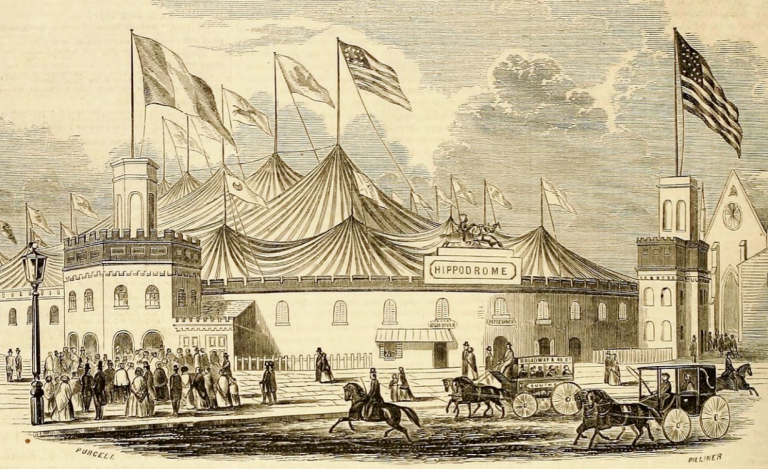

Many spots in the Village and surrounding neighborhoods mark milestones in Wharton’s life. She was baptized at the Gothic Revival Grace Church on Broadway and East 10th Street, near the Strand Bookstore south of Union Square. Newland Archer and May Welland were married at the church in The Age of Innocence (1993).
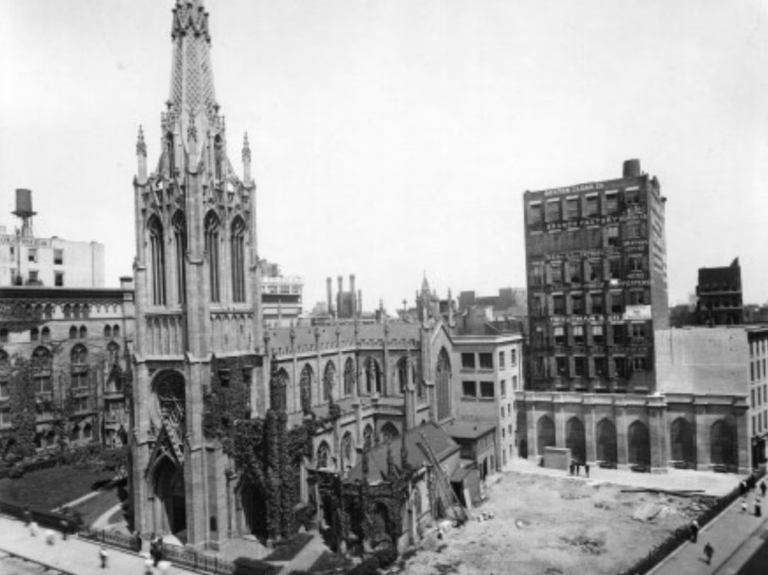
Her neighbors, Cornelius and Eleanor Vanderbilt, lived at 20 Washington Square Park North in Village before building a mansion on Fifth Avenue. The Golded Age mansion, with its ornate chandeliers and spiral staircases, hosted lavish balls for New York City’s most esteemed socialites.

Wharton drew inspiration for her novels from Greenwich Village, Flatiron, and nearby Gramercy Park, which reminded her of Europe’s public squares. The private, key-only access Gramercy Park is the home of the National Arts Club at 15 Gramercy Park. Constructed in 1845, it served as the location of the opera ball scenes in the The Age of Innocence (1993).
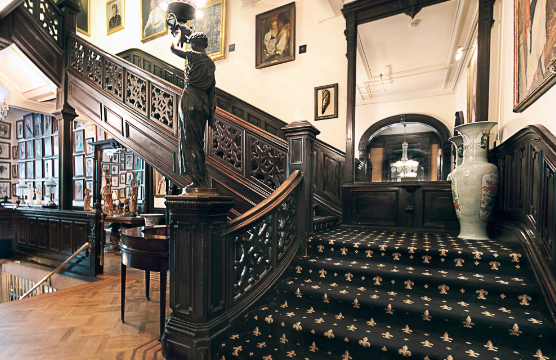
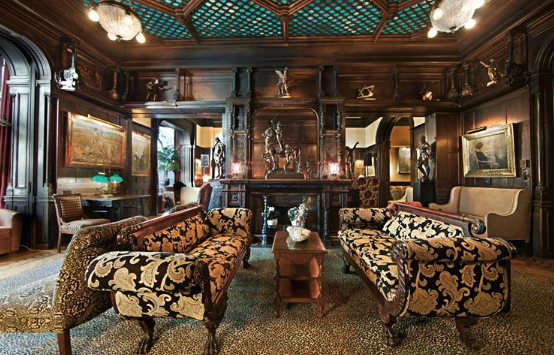
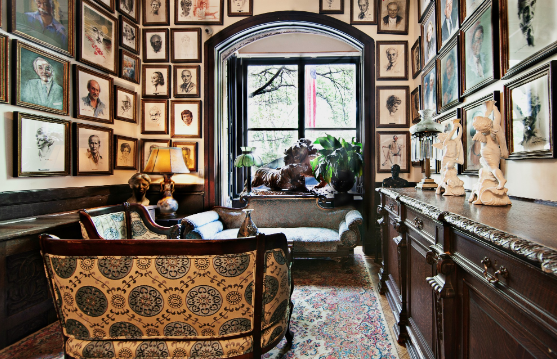


Wharton’s legacy, like the times she lived in, is complex. Her focus on morality may be her most enduring mark. The human struggle between the mind and the body is most evident in her work. During the Gilded Age, expressions about physical passion, divorce, incest, illegitimacy, and adultery were not topics that the aristocracy welcomed in open forums. These transgressions were better left unsaid. During this era, the New York Legislature empowered the Society for the Suppression of Vice to clamp down on what they perceived as acts that would corrupt society, giving the agency the power to arrest people for obscenity, indecent exposure, and any written or oral discussion of gambling, sex, drugs, or prostitution. Perpetrators were frequently escorted by the police to the Jefferson Market Courthouse (currently the Jefferson Market Library—a stop on the Epic Walking Tours Historical Village Walking Tour) for trial. In The Age of Innocence, morality wins over temptation.
Despite her best intentions, Wharton would have never been mistaken for Jacob Riis. While she hosted gatherings where intellectuals and artists discussed ideas that challenged the status quo, she spent her inheritance on building homes in wealthy neighborhoods, indulged her passion for gardens and interior design, frequented Europe on yachts, and mingled with the super-rich. She opposed unions and the suffrage movement and did so on the heels of the Triangle Shirtwaist Factory fire in 1911 that killed 146 workers, primarily women and children immigrants. That fire happened only a few blocks from her prior home in the Village. (The Triangle Shirtwaist Factory building is on the Epic Walking Tours Historic Village Walking Tour).
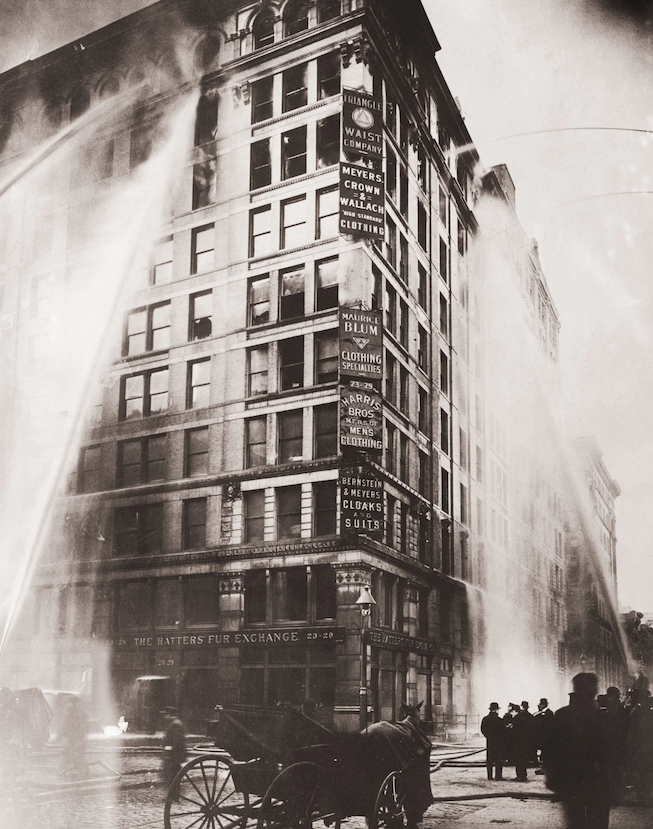
Despite her failure to use her wealth and fame to impact greater changes, her writing chops could not be denied. Perhaps her greatest gift was unintentional. By exposing the extent of excessive wealth in the city, she inspired advocates for a better society to crash the party. It was not long after she died that America’s focus shifted to FDR’s New Deal, a series of programs providing opportunity and support for the poor, farmers, unemployed, youth, and elderly. Women secured the right to vote and began holding positions of power. Unions formed. Workers gained rights. The Gilded Age was over.

Andrew Kirschner is a licensed New York City sightseeing tour guide. He founded Epic Walking Tours, which offers historic walking tours in Greenwich Village.

